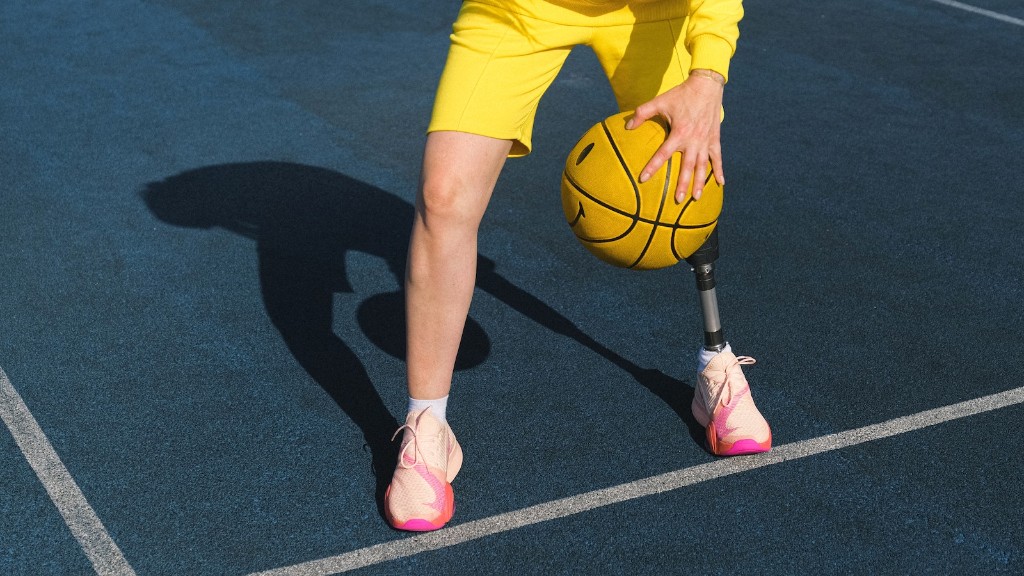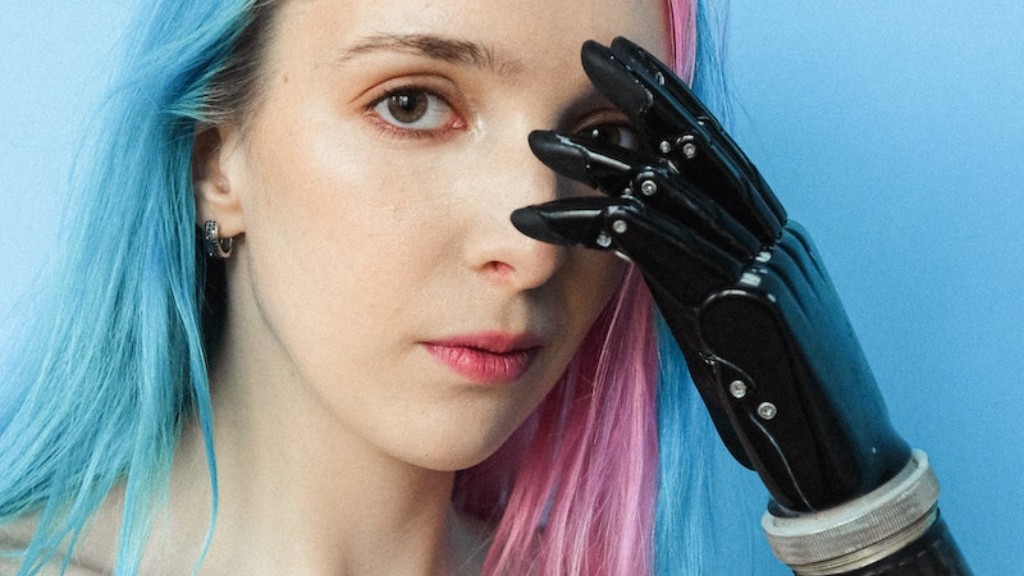How to Make a Curved Prosthetic on Fusion 360
With the advancements in technology and the increasing demand for personalized healthcare solutions, the field of prosthetics has witnessed significant progress. One of the key challenges in designing prosthetics is creating a comfortable and functional fit for the wearer. In recent years, 3D printing has emerged as a game-changer in the production of prosthetic devices. One software that stands out in the field of 3D modeling and design is Fusion 360.
The Power of Fusion 360
Overview
Fusion 360, developed by Autodesk, is a cloud-based 3D modeling, design, and manufacturing software that offers a comprehensive suite of tools for engineers, designers, and manufacturers. It allows for the creation of complex and intricate designs, including curved prosthetics, with ease and precision. Its parametric design capabilities enable users to make changes to the design at any stage of the process, reducing the time and effort required for iterations.
Designing Curved Prosthetics
Creating a curved prosthetic on Fusion 360 begins with precise measurements and scanning of the patient’s residual limb. This information is crucial in ensuring a perfect fit and optimal functionality. Once the measurements are obtained, a virtual model of the residual limb can be created using Fusion 360’s sculpting tools.
The software offers a wide range of features that allow designers to manipulate the virtual model and customize it according to the patient’s needs. Designers can add or remove material, sculpt the shape, and adjust the dimensions to create a seamlessly curved prosthetic that fits snugly and provides maximum comfort.
Real-Life Examples
One real-life example of Fusion 360 being used to create curved prosthetics is the collaboration between Autodesk and Not Impossible Labs. Together, they developed a low-cost prosthetic arm for a young boy named Daniel. By utilizing Fusion 360’s capabilities, the team was able to create an arm that perfectly fit Daniel’s residual limb. The software’s parametric design tools allowed for quick adjustments to be made based on feedback from Daniel, ensuring a precise fit and improved functionality.
Another example can be seen in the work of Open Bionics, a startup that specializes in creating affordable and customizable bionic hands. By utilizing Fusion 360, Open Bionics is able to design curved prosthetics that are not only comfortable and functional but also aesthetically pleasing. The software’s ability to create smooth curves and intricate designs has opened up new possibilities in the field of prosthetic design.
Challenges and Limitations
While Fusion 360 offers numerous benefits in designing curved prosthetics, there are also challenges and limitations to consider.
Complexity
Designing curved prosthetics on Fusion 360 requires knowledge and expertise in 3D modeling and design. It can be a steep learning curve for those who are new to the software or do not have a background in design. Additionally, incorporating the patient’s specific needs and preferences into the design can further complicate the process.
Material Limitations
The choice of materials for 3D printing curved prosthetics can be limited. While there are various options available, not all materials are suitable for every patient or type of prosthetic. Factors such as durability, flexibility, and hypoallergenic properties need to be taken into consideration when selecting the right material.
Cultural Factors
It is essential to acknowledge the cultural factors associated with prosthetics. In some cultures, there is a stigma attached to wearing prosthetics, which can affect the design and adoption of curved prosthetics. Designers must consider cultural sensitivities and aesthetics when creating personalized prosthetics to ensure they are well-received and accepted.
Conclusion
Fusion 360 has revolutionized the design and manufacturing process of curved prosthetics, offering a powerful suite of tools and capabilities for designers and engineers. The software’s parametric design features, combined with its ease of use, provide an efficient and effective method for creating personalized, comfortable, and aesthetically pleasing prosthetics.
While there are challenges and limitations to consider, the advancements made with Fusion 360 have paved the way for innovative and personalized healthcare solutions. As technology continues to evolve, it is essential for researchers, designers, and manufacturers to collaborate and leverage software like Fusion 360 to push the boundaries of design and create prosthetics that improve the quality of life for individuals in need.
Food for Thought
As technology continues to advance, what other potential applications do you see for software like Fusion 360 in the field of healthcare? How can we address the challenges and limitations associated with incorporating cultural sensitivities into the design process? Share your thoughts and ideas, as we collectively work towards improving healthcare solutions for all.


